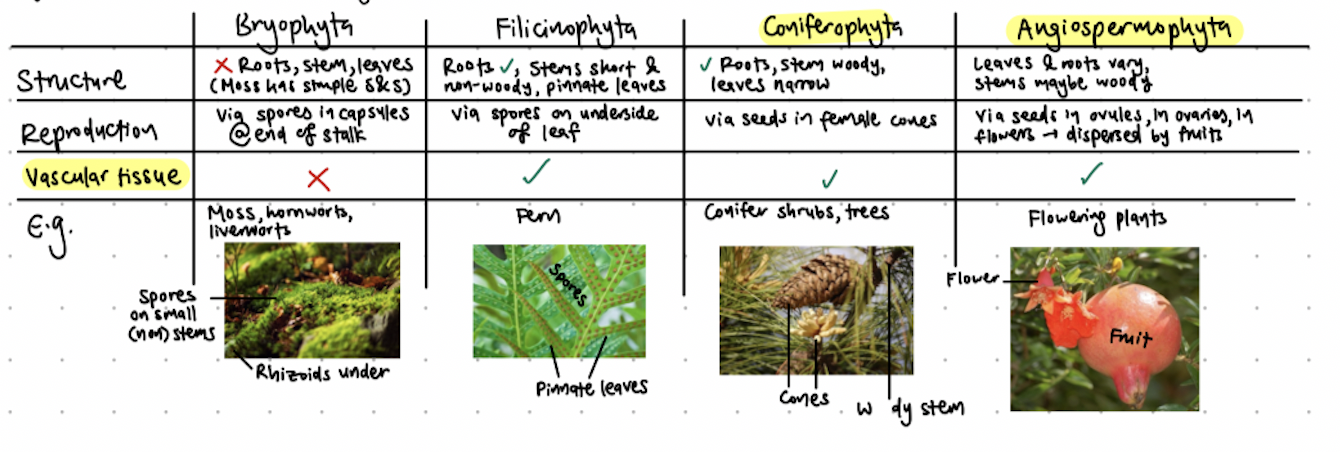5.3 Classification of biodiversity
1/6
There's no tags or description
Looks like no tags are added yet.
Name | Mastery | Learn | Test | Matching | Spaced |
|---|
No study sessions yet.
7 Terms
Explain the types of biological classification.
Natural classification: Classifying by evolution origin.
Binomial system: Universal system of names among biologists, agreed & developed at a series of congresses.
Format: Genus species subspecies
Evolution: Naming process (Nomenclature) — When a new species is discovered, it is given a scientific name using the binomial system.
Taxonomy: Classifying using a hierarchy of taxa.
Format: Domain, Kingdom, Phylum, Class, Order, Family, Genus, Species (kinky people come over for good sex (i’m sorry.))
Nature:
Domain to Genus = All species that have evolved from a common ancestor
Species = Artificial classification
Evolution: Taxonomists reclassify groups of species when new evidence shows that an existing taxon contains species from different ancestors.
Artificial classification: Classifying by characteristics.
Dichotomous keys: Classifying guided by paired opposing statements & questions.
Considering that natural classification is more common, state the benefit of it.
Under natural classifications, all members of a group has a shared common ancestor → Can be used to predict characteristics shared by species within a group.
Explain how many and what domains there are.
3 domains: Bacteria, archaea, eukaryota
For taxonomy, classify 1 plant and animal species from domain to species level.
Plant - Garlic: Eukaryota, plantae, magnoliophyta, lilopsida, asparagales, amaryllidaceae, allium, allium sativum
Animal - Human: Eukaryota, animalia, chordata, mammalia, primates, hominidae, homo, homo sapiens
For taxonomy, classify the Kingdom Plantae into its different phyla.
Consider:
Structure
Reproduction
Vascular tissue
Examples

For taxonomy, classify the Kingdom Animalia into its different phyla.
Consider:
Symmetry
Digestive tract
Segmentation
Features
Examples

For taxonomy, classify the Subphylum Vertebreta into its different classes.
Consider:
Limbs
Gas exchange
Reproduction
Features
